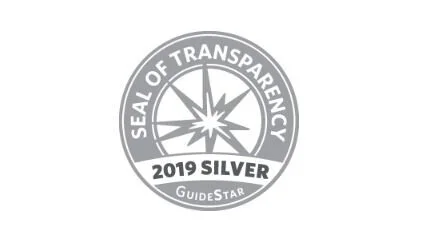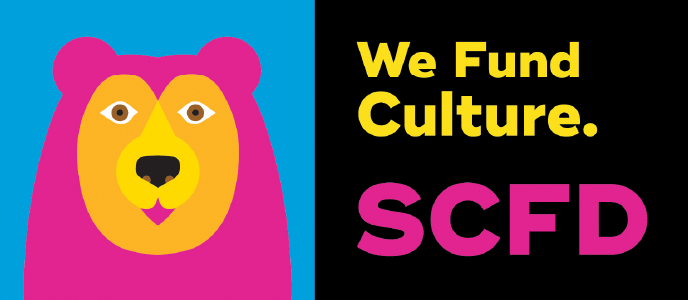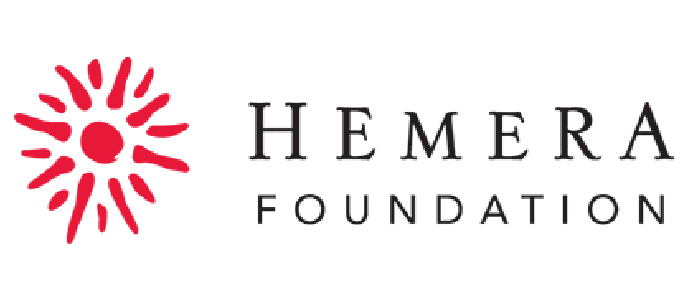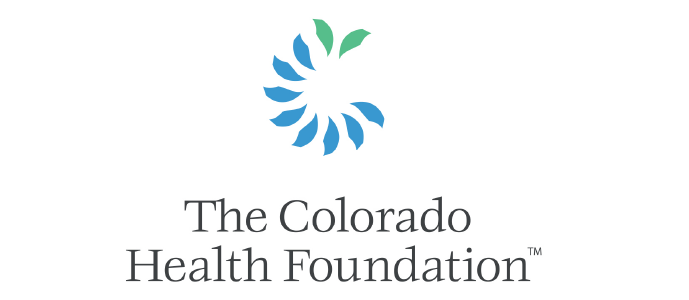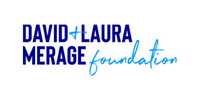In the summer of 2023, RMCAD students interviewed our 2022-2024 Resident Artists in their studios. Their video interview of Jenna Maurice explores how her work deals with ideas concerning relationships (with herself, others, the past, the landscape, and objects), non-verbal communication, and the language of the complicated human experience.
Jenna Maurice is an artist working in photography, video, and performance, who lives and works in Denver, CO.
Jenna’s work deals with ideas concerning relationships (with herself, others, the past, the landscape, and objects), non-verbal communication, and the language of the complicated human experience.
Her work has been exhibited both nationally and internationally including exhibitions at Material Art Fair in Mexico City, La Générale in Paris France, Satellite Art Show in Miami, Fl, LivingGallery in Lecce Italy, Festival of Moving Images in Winnipeg, Canada, Satellite at SXSW in Austin, TX, and the Boulder Museum of Contemporary Art in Boulder, CO.
“I’m really interested in making my world a little bit bigger and pushing on those outer edges and denting them and getting some more room. And I feel like if people can look at my stuff and maybe make a little dent in their own bubble, goal accomplished.”
Watch the video of Jenna in her RedLine studio to learn more about her and her practice!
VIDEO TRANSCRIPTION:
“I don't think I have favorites in my life. Yeah, of course I have taste and I have preferences, but when it comes to art, I think the only thing I care about is what's the best medium to communicate my idea. And in that way, my favorite is the one that's the best communicator of the idea.
Well, that might depend on the project. When I'm doing performance work, probably my favorite part is the actual performance because it's full of energy and discovery and it's happening within a small amount of time. Putting it together and seeing how did my idea change from when I was doing the performance to now that I'm editing the video, do I notice something different? Am I learning something different?
“Yeah, so maybe all the parts. But I think maybe the hardest part is the planning sometimes because sometimes I'm needing to go to very specific locations to interact with a specific landscape.
“I did a performance where I was reacting to the force of Niagara Falls, so I had to vomit over it and I had to do it in a certain timeframe, and it ended up being in February when it is very cold there. So having to plan things. And I was wearing this particular outfit that was this little yellow sundress in all of these performances.
“So here I am at Niagara Falls, like freezing my ass off in this yellow sundress and vomiting white my friend is videoing it and everybody thought he was just a creep. So yeah, sometimes being an artist and being a performance artist is really difficult, but I think that's one thing I love. And also it's challenging.
“The lumen printing process is a photographic process that involves contact printing of actual materials up against photographic darkroom paper. And I teach experimental darkroom practices at a university and just in researching new processes to teach my students, I came across lumen printing.
“And I was really drawn to it because I do a lot of traveling and it's an easy process to take on the road because you don't need anything except some photographic paper and water really, and a light tight bag. So it's really easy to do while I was traveling. So I started making an archive of things that I came across that were physical in the natural world during my travels, and yeah, it all went from there.
“I've been doing them maybe for around six years now, or seven years, and I have hundreds of them now. And I'm now working on making prints of them and filling this whole wall just to see how they all interact with each other. So I'm excited about that phase of this project.
“I really love the ones that I've done slices of cheese, those are fascinating. Any kind of fruit like there's a blueberry one that looks like a galaxy lives inside of blueberries. I really love the one that I did of grapes. They start to look like human organs. Yeah, I think those are my faves.
“When I was in grad school, I was doing a lot of research about relationships and relationships are such a huge, huge part of the human experience. And my work has always dealt with the human experience in some way. And when I was researching relationships, I found that 85% of human communication and just animal communication is nonverbal. And that seemed like such a large number to me. And I became really aware of when I was receiving communication that was nonverbal, like a look or a way someone was holding their body or tiny things. And it's happening all the time.
“And so I thought, ‘Oh, I'm interested in the idea of can I tell someone a story without talking?’ And so that was the first piece that I did, which was called a Reaction to a Memory of an Experience. And I just had a memory in my mind and looked into the camera and tried to convey just through looking at the camera, the memory I was having.
“And then I was like, ‘Okay, would this work with other people?’ And it's kind of progressed. There's another piece that I did where people told secrets to people that they were keeping that secret from just in their mind while looking into the lens. And it's an interesting experience for them while they're doing it. But it's also an interesting experience for the viewer because so much of the time, the viewer can feel empathy towards a stranger that they don't know just by looking at their face and looking at the emotion that's coming through. So I think the viewing of it is also a really special experience for me.
“You know what the most interesting part about it is that the reactions are always the same. They're really emotional. And I think it's amazing to be able to see how connected the world is without language. And it's magical to me to be able to take these pieces to France, for instance, that's where they screened last. And have the audience be able to have the accessibility and be able to have the same reaction as someone here where I made it, there's no language barrier and humans are humans.
“It's great to be able to see the level of emotion that happens during the viewing of those. All I want when people see my work is to maybe be impacted in some way or think about something in a new way. And I don't even think I want it or need it to be a huge realization. I think it can just be something tiny.
“Yeah, I'm really interested in making my world a little bit bigger and pushing on those outer edges and denting them and getting some more room. And I feel like if people can look at my stuff and maybe make a little dent in their own bubble—goal accomplished."
}I think there's probably a lot of answers to this question, but I would consider contemporary art to be made by people who are alive. I really like that art by people who are alive. I feel like we spend a lot of time looking at art from people that are not alive and living in the world that we live in. And I think contemporary art, I want it to be people talking about experiences that I'm potentially a part of.”



